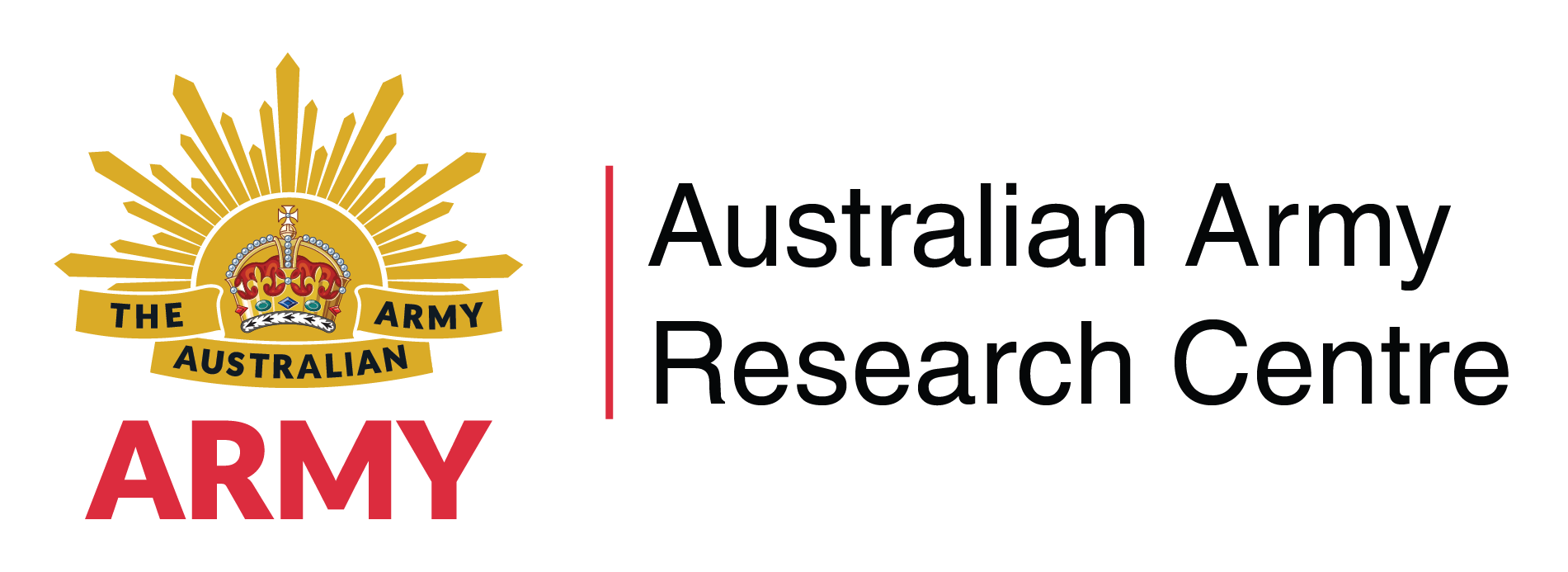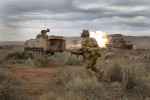Search
Using the filters to the left, click your selection, it will become bold and filter the results, click it again to remove that filter.
Many of history’s great armies have distinguished themselves by demonstrating superb individual and organisational resilience. From Field Marshal Sir William Slim’s Fourteenth Army in Burma, which snatched victory from the jaws of defeat during the Second World War, to the 39th Battalion which prevailed over a tenacious Japanese Army on the Kokoda Track, or the actions of I Anzac Corps at Pozieres on the Western Front during the First World War, resilience has played a decisive role in achieving victory. …
The Australian Maritime Strategy 2013 for the Australian Defence Force acknowledges the complex archipelagic nature of our near region and highlights the importance of the littoral environment for future operations by the Australian Defence Force. It implicitly requires the ADF to hold a balanced force structure that is capable of “Joint Archipelagic Manoeuvre”. Specifically, it must be capable of applying focused maritime control operations that deny an adversary’s access to, or ability to control, the …
This paper explores the urban, networked littoral and proposes concepts for control operations in this setting. The ensuing discussion considers in turn the environment, missions and threats, the operational response, and capability implications. As we leave Afghanistan, the urban littoral will rise in importance simply because Australia’s primary operational environment (POE) is overwhelmingly littoral and increasingly urbanised. But we no longer face the littoral of which Ralph Peters or Charles Krulak …
While recovery from PTSD can be expected in the majority of cases, early identification, diagnosis, and timely treatment have been found to reduce the length of treatment and the disruption to the individual’s social and occupational functioning. One significant determinant of whether people receive early diagnosis and treatment is fear of stigma and the negative judgements of those around them. The Mental Health of the Australian Defence Force – 2010 ADF Mental Health Prevalence and Wellbeing Study …
In 2007, a number of events and ideas combined to initiate improvements to the Australian Army's land force projection. By 2008, the Adaptive Army initiative was one of the most significant structural reforms since the Hassett Review recommended the establishment of the Army's functional command system in the early 1970s. The Army was not only strengthening its capability and capacity to generate land forces for the defence of the Australian homeland, but also streamlining the challenging process of …
Australian Special Operations and the performance of our Special Forces have long been objects of fascination to many. Yet despite this interest and the proven utility of Special Forces especially since the terrorist attacks in the United States in 2001 and the Bali terrorist attacks on Australians in 2002, Special Forces (unlike Land, Maritime, and Air Forces) have not been defined by a universally accepted theory of employment. This paper seeks to aid military planners by explaining the principles and …
While many elements of von Clausewitz’s seminal work On War are entrenched within most Anglo-Saxon military doctrines, practices and methodologies for strategic planning, none have taken such a grip upon military institutions as his ‘centres of gravity’ precept. American military academia in particular has invested significant time and resources into debating the value of the centre of gravity. This is problematic because the concept continues to appear questionable in both application to real world …
Building on BEERSHEBA: The Future Army. Army’s Plan Beersheba, currently being implemented, has changed Army’s force structure to provide a wider range of ready, sustainable land force capabilities. … Building on Beersheba …
Israel’s is a state of continuous conflict, frequently of the armed variety, and not uncommonly achieving levels of violence that qualify as war. Significant spikes in that level of violence have occurred several times during the past decade alone. These include – but are by no means limited to – the Second Lebanon War (July-August 2006), Operation Cast Lead (December 2008-January 2009), and Operation Protective Edge (July-August 2014). The third of these constitutes the focus of this study while the two …
In 2007, a number of events and ideas combined to initiate improvements to the Australian Army's land force projection. By 2008, the Adaptive Army initiative was one of the most significant structural reforms since the Hassett Review recommended the establishment of the Army's functional command system in the early 1970s. The Army was not only strengthening its capability and capacity to generate land forces for the defence of the Australian homeland, but also streamlining the challenging process of …




